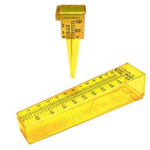
Witchhazel blooming in Spring Grove Cemetery and Arboretum in early March.
Regional Climate Summary – March 2022>>>
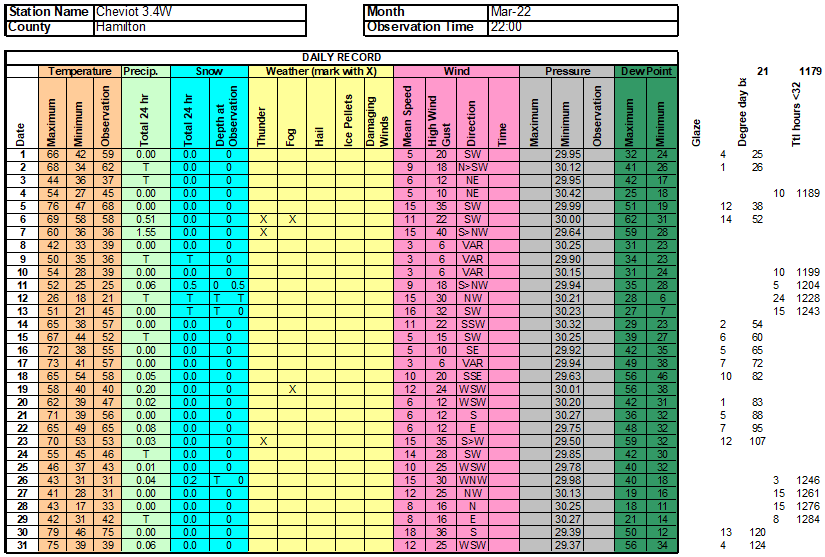

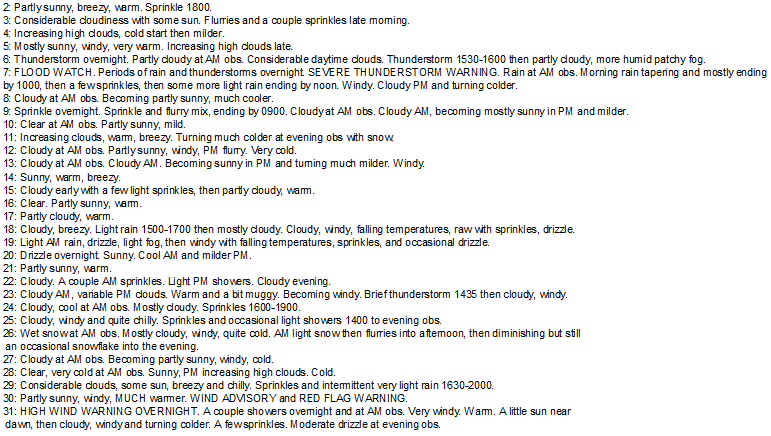
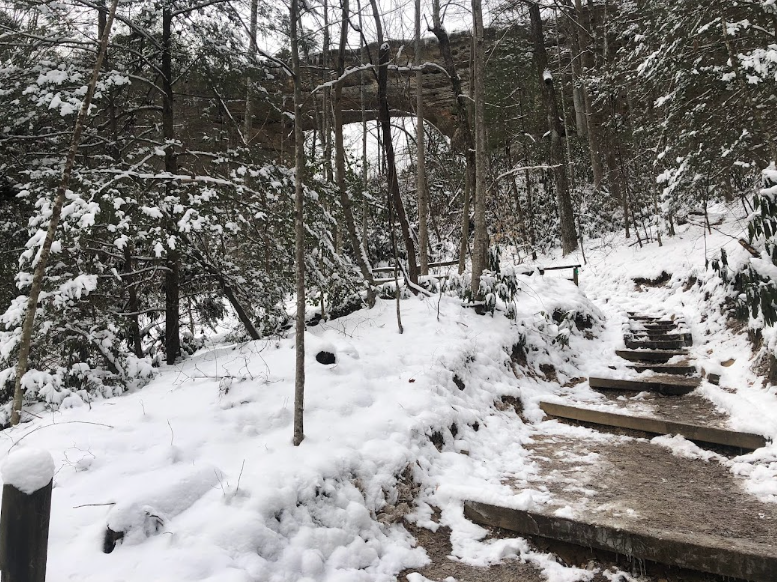
A winter storm early in March brought heavy snow to eastern Kentucky but once again Cincinnati was mostly missed. This system did bring a rather remarkable, if short lived, drop in temperatures with highs in Cincinnati of 52F on the 11th and 26 on the 12th. That high on the 12th was the coldest high in March and the only below freezing high during the month.

Late month March freeze froze out early blooming magnolias.

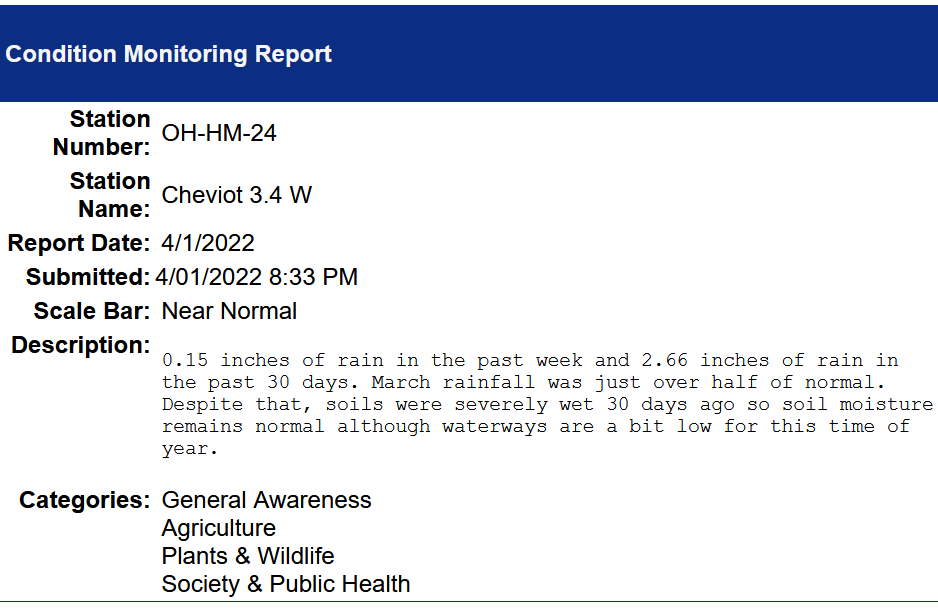



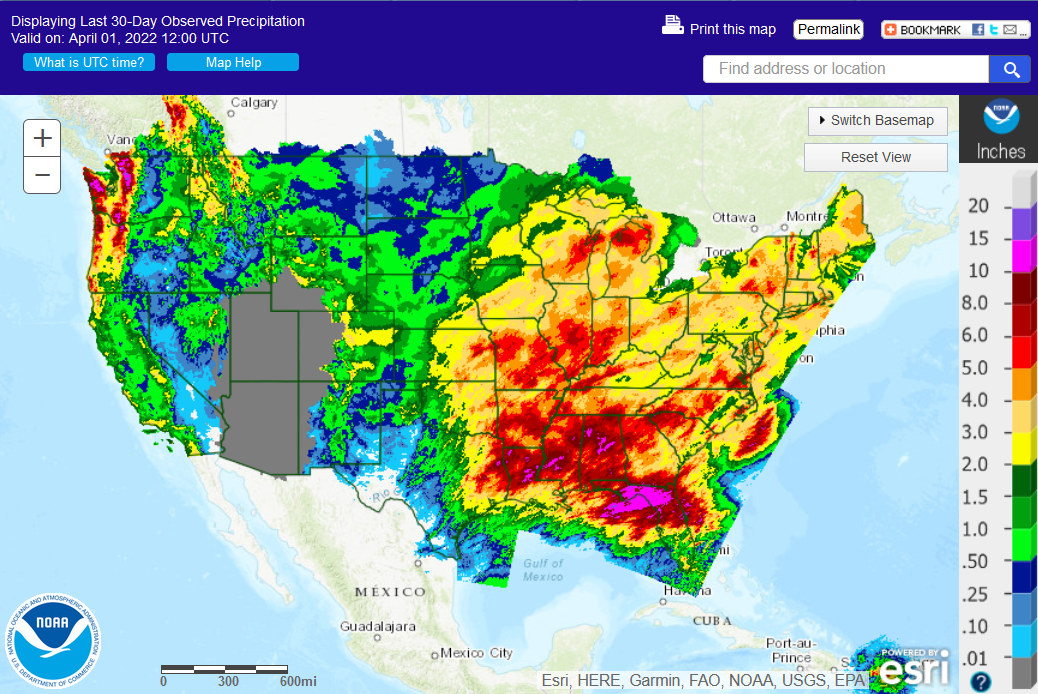
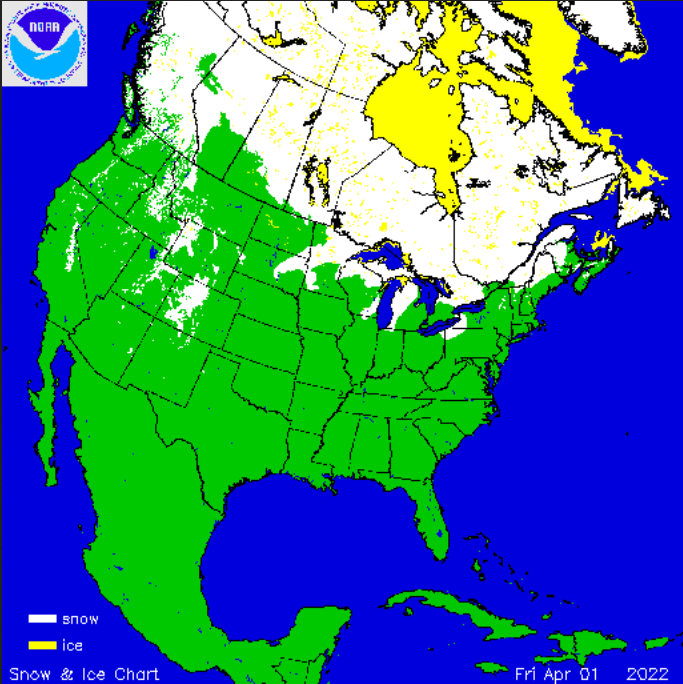




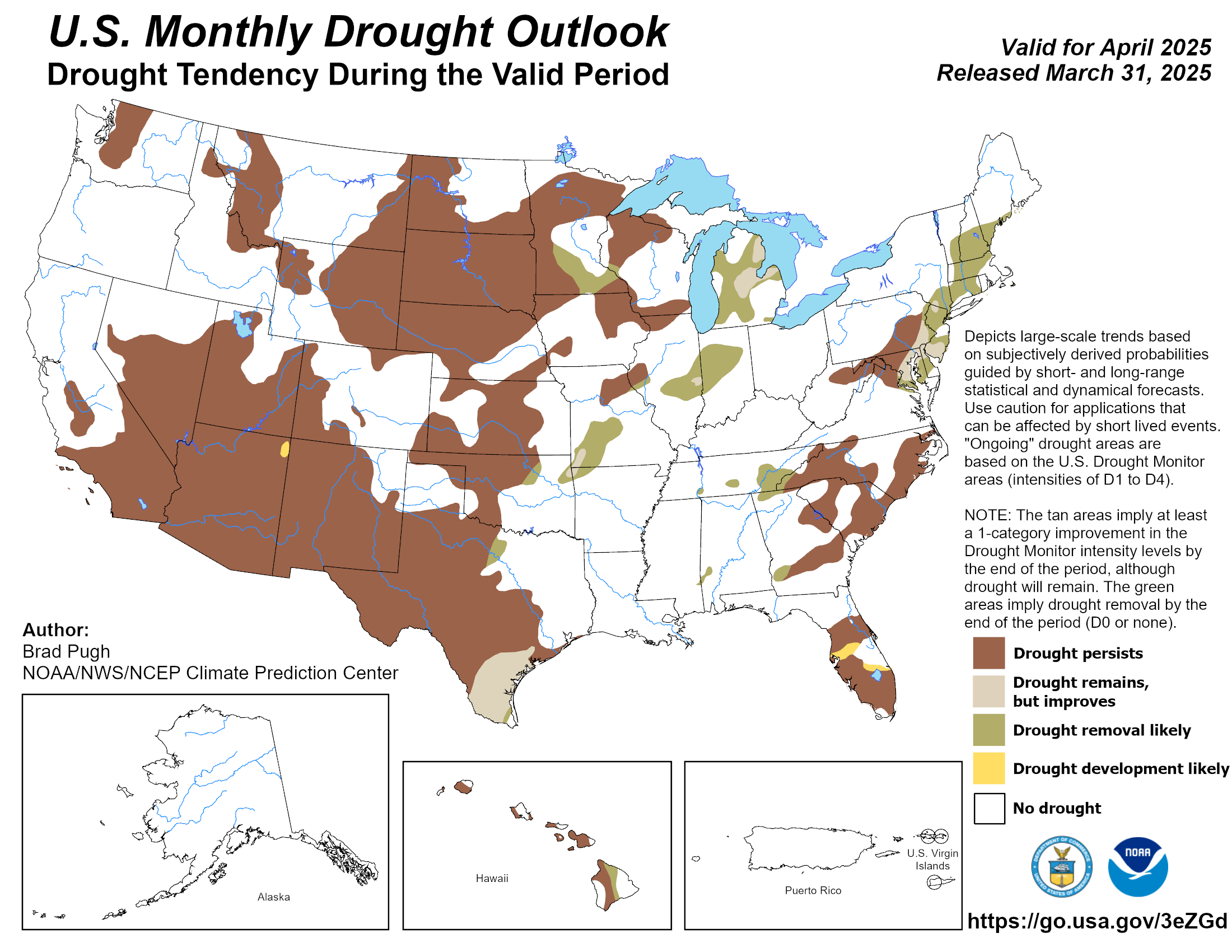
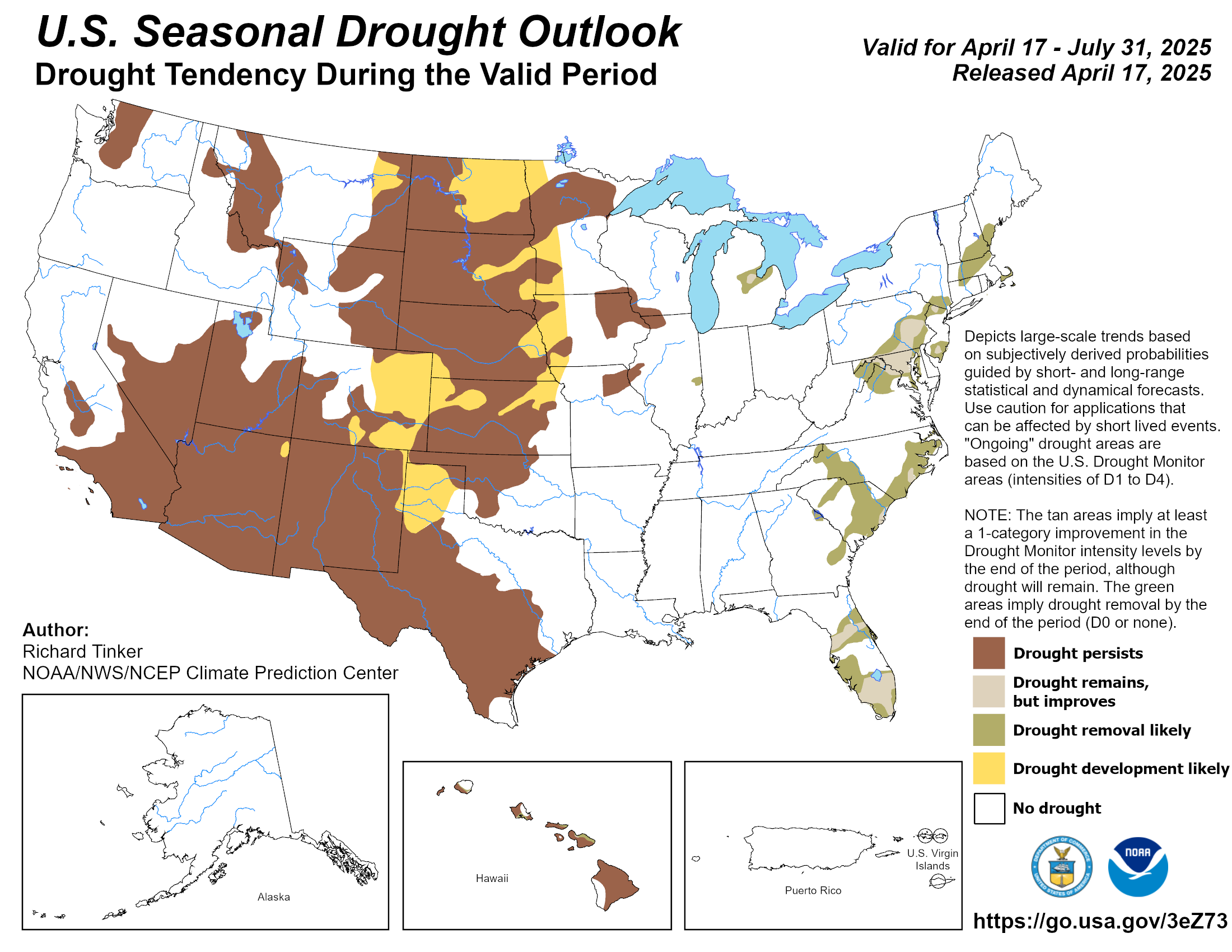
 >>>
>>>
